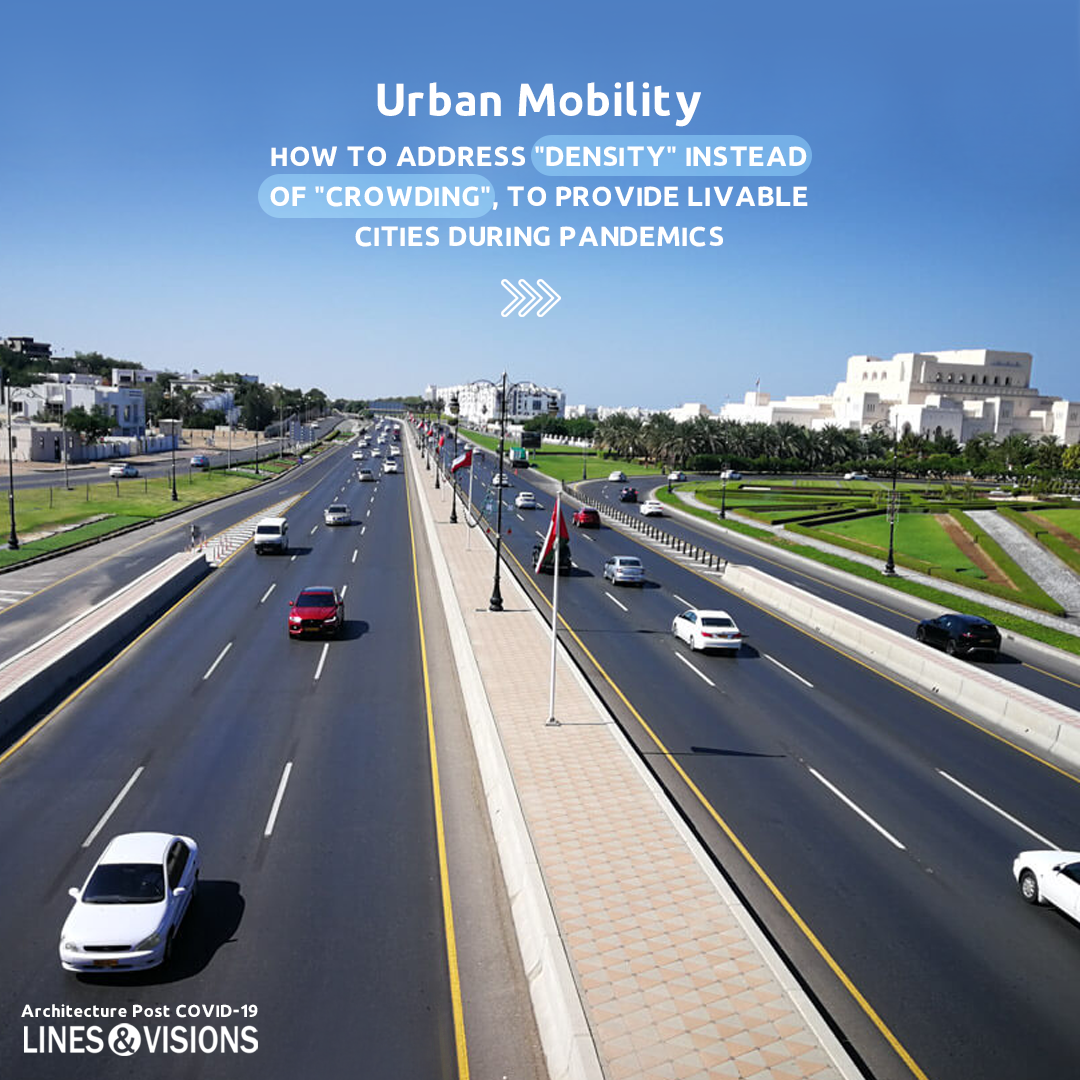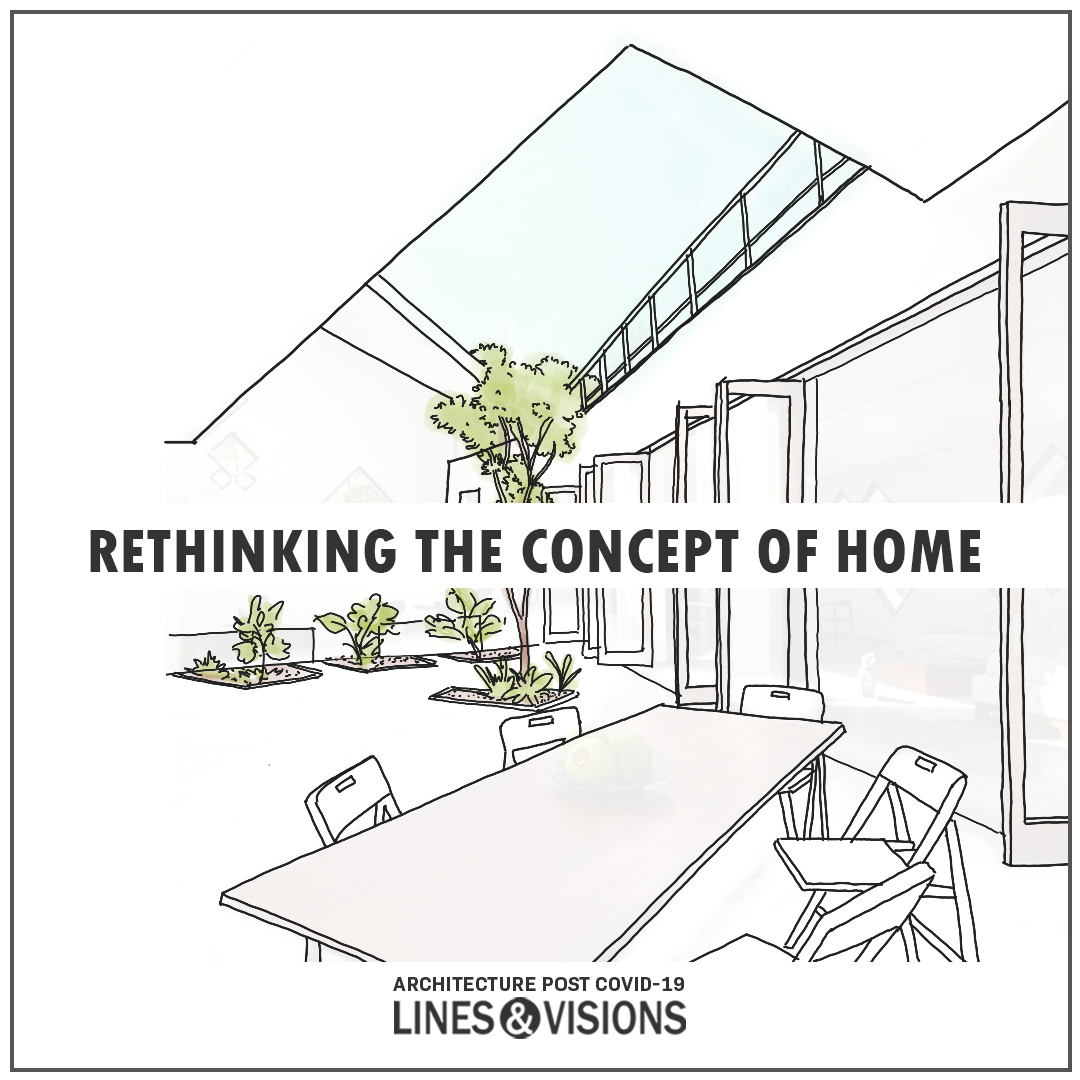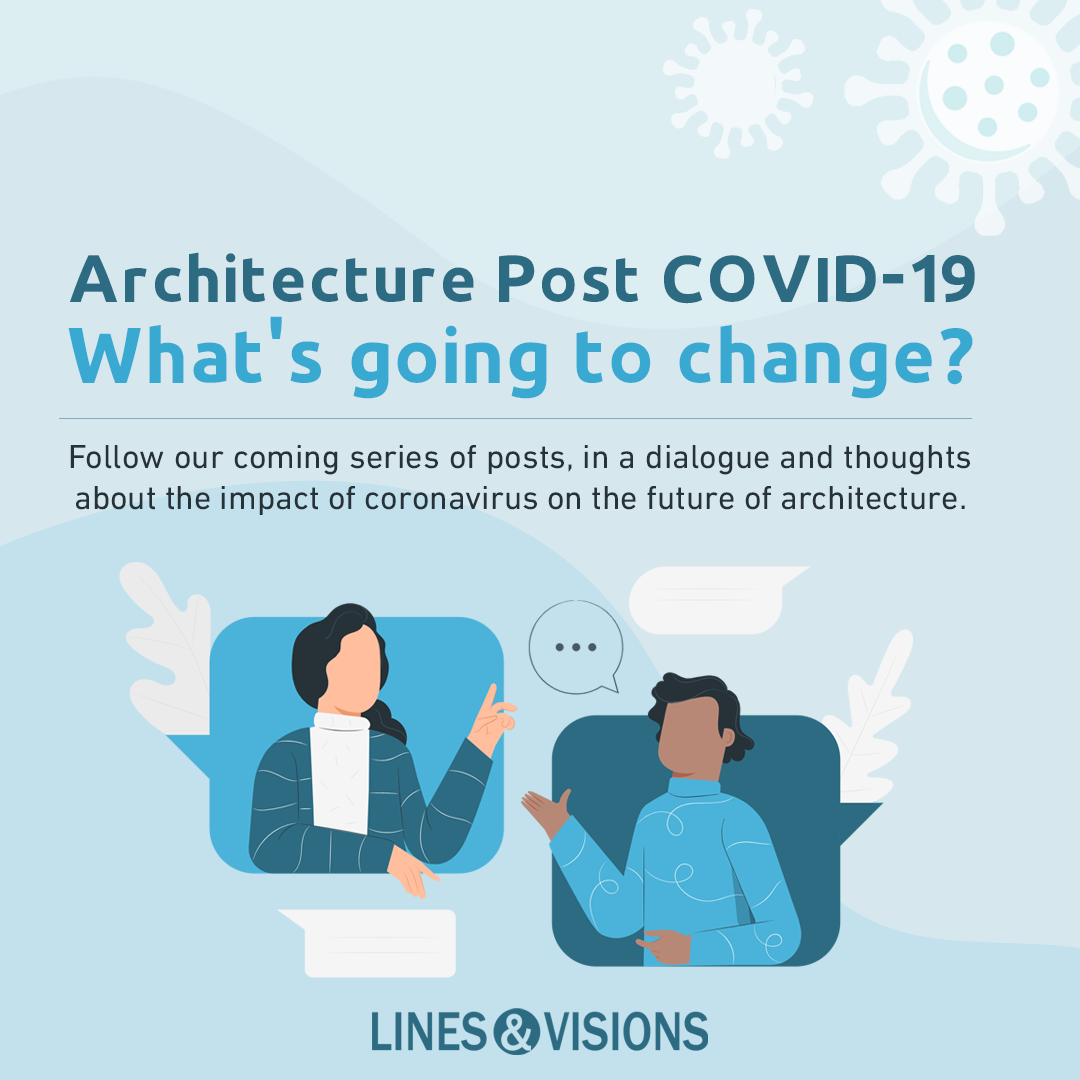Adaptable Cities: Urban Mobility

COVID-19 is unlikely to slow fast but it is prompting rethinking urban design, including urban mobility. the extended isolation highlighted the fact that there are broader public health issues to this pandemic related to not being able to be active outside of home, even in shutdown people still need to remain active, and cities need usable space that accommodate social distancing. This calls for putting a greater focus on public health and safety, and to deliver greater investment in public infrastructure that makes the city livable during pandemics.
There is a noticeable lack of breathable spaces, in roads, homes, and public spaces. There is often not a lot of spaces for walking and biking while staying two meters apart, and why is that? “Our cities are designed for cars, they’ve taken up so much space that there is no much room left for people.” “Streets are designed tight for daily use by people, by making them too generously sized for cars.”
What is the solution then? Several Researchers and Urban Planners like Brent Toderian highlighted that the problem is that we are trying to put solutions and rules to prevent “crowding”, locking down public spaces because they are too crowded and banning assemblies, instead of realizing that they are too crowded because there is too little space and we should open more, we should be addressing “density” of neighborhoods and cities. “Density done well” is what make density of cities livable and lovable.
Within the ongoing dialogue of #Architecture_Post_Covid19 Lines and Visions team were discussing what solutions could be implemented here, in our neighborhood, and came up with the following:




Afraa Al Busaidy, one of our team members, visited several public spaces and neighborhoods in Muscat, and in-light of the pressing issues and needs which we are experiencing with the pandemic, she re-imagined those places and public mobility in adaption to COVID-19 and physical distancing measures.








